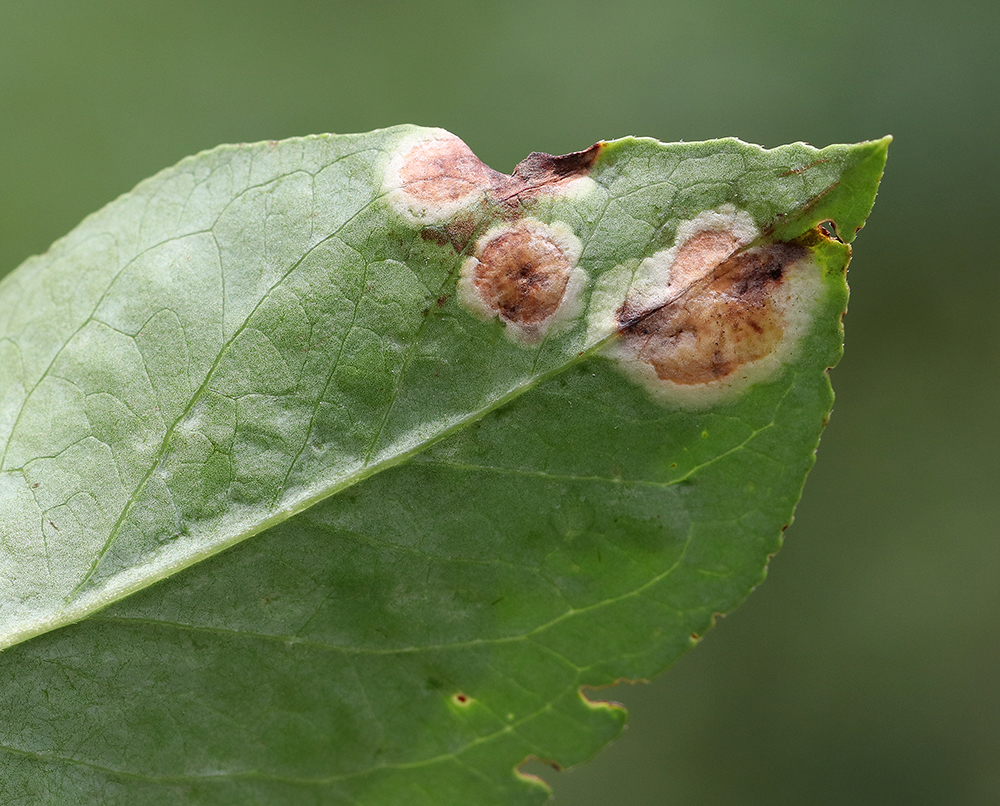Exobasidium Disease in Blueberries
go.ncsu.edu/readext?703488
en Español / em Português
El inglés es el idioma de control de esta página. En la medida en que haya algún conflicto entre la traducción al inglés y la traducción, el inglés prevalece.
Al hacer clic en el enlace de traducción se activa un servicio de traducción gratuito para convertir la página al español. Al igual que con cualquier traducción por Internet, la conversión no es sensible al contexto y puede que no traduzca el texto en su significado original. NC State Extension no garantiza la exactitud del texto traducido. Por favor, tenga en cuenta que algunas aplicaciones y/o servicios pueden no funcionar como se espera cuando se traducen.
Português
Inglês é o idioma de controle desta página. Na medida que haja algum conflito entre o texto original em Inglês e a tradução, o Inglês prevalece.
Ao clicar no link de tradução, um serviço gratuito de tradução será ativado para converter a página para o Português. Como em qualquer tradução pela internet, a conversão não é sensivel ao contexto e pode não ocorrer a tradução para o significado orginal. O serviço de Extensão da Carolina do Norte (NC State Extension) não garante a exatidão do texto traduzido. Por favor, observe que algumas funções ou serviços podem não funcionar como esperado após a tradução.
English
English is the controlling language of this page. To the extent there is any conflict between the English text and the translation, English controls.
Clicking on the translation link activates a free translation service to convert the page to Spanish. As with any Internet translation, the conversion is not context-sensitive and may not translate the text to its original meaning. NC State Extension does not guarantee the accuracy of the translated text. Please note that some applications and/or services may not function as expected when translated.
Collapse ▲I recently visited a small Chatham County blueberry farm and found some of the bushes were infected with Exobasidium, a fungus that causes leaf and fruit spots. Infected fruit have spots that don’t ripen normally.
The disease is not common on large commercial blueberry farms where growers spray preventive fungicides. According to NC State University Specialist Bill Cline, Exobasidium can be severe one year but almost totally absent the next, so small growers may want to adopt a “wait and see” approach to spraying. Low levels of the disease don’t require intervention…but if the problem becomes severe then a grower can initiate a spray program the following season.
When the disease is present, it tends to be worse in areas where the bushes are densely planted, so pruning to increase air flow and sunlight penetration can help reduce the severity.
Read the article on Exobasidium Leaf and Fruit Spot by NC State University Blueberry Specialist Bill Cline. The article discusses control measures.

Blueberries infected with Exobasidium fail to ripen normally. Photo by Debbie Roos.

Blueberries infected with Exobasidium fail to ripen normally. Photo by Debbie Roos.

Blueberries infected with Exobasidium fail to ripen normally. Photo by Debbie Roos.

Leaf spot caused by Exobasidium on blueberries. Photo by Debbie Roos.

Leaf spots caused by Exobasidium on blueberries. Photo by Debbie Roos.

Leaf spots caused by Exobasidium on blueberries. Photo by Debbie Roos.

Leaf spot caused by Exobasidium on blueberries. Photo by Debbie Roos.

Leaf spots caused by Exobasidium on blueberries. Photo by Debbie Roos.


